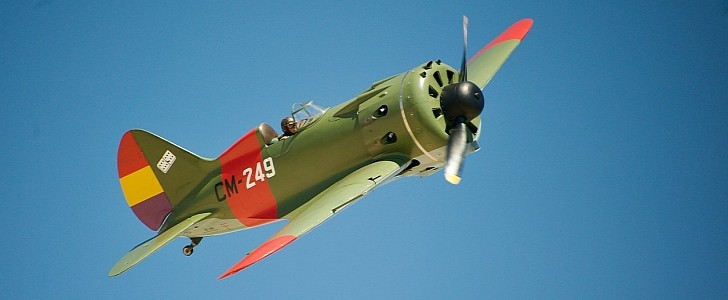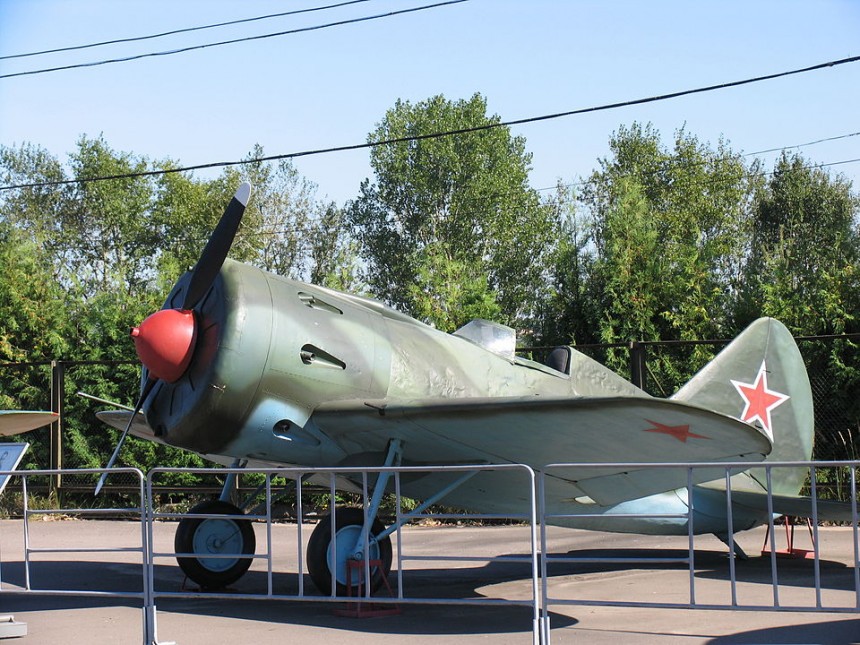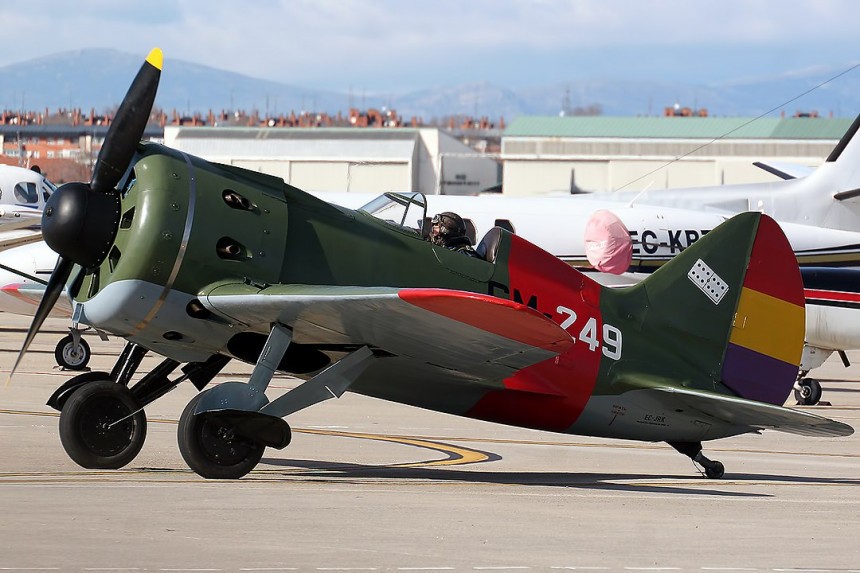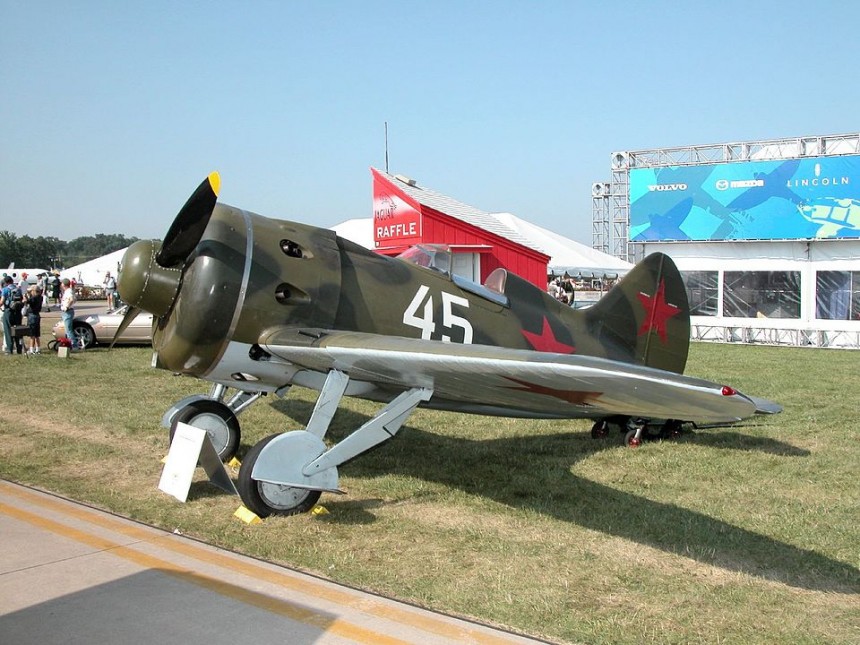In the world of Second World War piston fighters, there are underdogs, and then there's the Polikarpov I-16. This small and diminutive-looking Soviet monoplane may have appeared like a little pushover to Axis pilots. But little did they want to admit that the pilots behind these machines made a world of difference.
The story of the Soviet Union's first monoplane fighter is one marked by profound changes in aeronautical engineering and design. It's a testament to just how massive of a metamorphosis the airplane was undergoing in the early 1930s.
It was at this time that a gentleman by the name of Nikolai Nikolaevich Polikarpov was working on a peppy little bi-plane called the I-15. The light and nimble I-15 was a delightful airplane in its own right. It even saw some service during World War II and the Spanish Civil War.
But one thing was apparent by the time the I-15 made its maiden flight in October 1933. This fundamental truth was that the age of the biplane was coming to an abrupt end. If Poliparkov was to keep his job, he was heavily obligated to take his existing I-15 platform and bring it to a standard that was a bit more modern.
Oh, did we mention he was working in a Soviet design bureau HQ that had more in common with a prison than it did an aerospace firm? And that his boss was Joseph Stalin himself? No pressure, surely. The goal in mind was simple in theory but endlessly complicated in practice.
Initially, the Soviets planned to power this novel fighter with a license-built variant of the venerable American Wright R-1820 Cyclone, famous for its use in the Curtiss P-36 Hawk and Boeing B-17 Flying Fortress.
Alas, receiving approval from these engines during pre-lend-lease times was proving exceedingly difficult. Instead, the Soviets were forced to settle for a lesser engine. A licensed copy of the Bristol Jupiter nine-cylinder, a single-row radial engine whose design dates back all the way to 1918.
Even so, it wasn't like the I-16 had all that much weight to lug around. The airframe was barely 20 feet (6.1-meters) long and primarily made of wood with a thick layer of durable canvas laid overtop. Because all-metal airframes were still pretty tricky to manufacture, not just for the Soviets, this old-school method turned out to be the best method of manufacturing single-seat fighters in large numbers.
But perhaps the most striking innovation of an airplane that'd go on to be christened the "Ishak," or Donkey in English, was its fully enclosed glass cockpit. It was one of the very first times such a design was implemented on a fighter airplane and certainly the very first time for a Soviet fighter.
But this feature ironically led to one of the I-16s most notable quirks. Because the glass canopy was so difficult to keep clean and free of engine oil, Soviet pilots often opted to promptly leave them back at base and fly with the top down like a convertible.
Be it against the Germans after operation Barbarossa, against the Japanese at the Battles of Khalkhin Gol, or in service to the Republican side of the Spanish Civil War, I-16 pilots were often seen going toe to toe with the best Axis fighters of the day.
This was alongside the addition of twin 20 mm (0.787 in) ShVAK cannons to go along with its native two 7.62 mm (0.300 in) ShKAS machine guns. In combat against titans like the Messerschmitt Bf-109 and Mitsubishi A6M Zero, the I-16, while not invulnerable by any stretch of the imagination, proved that with a good pilot, lightness and maneuverability can still beat giant engines and cannons.
The type saw service in the armed forces of the Soviets, Chinese, and the Republican Spanish between 1935 and 1953. In that time, as many as 10,000 or more examples were produced, with a great many of them flying with the same roof configuration as a decent convertible sports car.
Check back soon for more from Open Top Month here on autoevolution.








